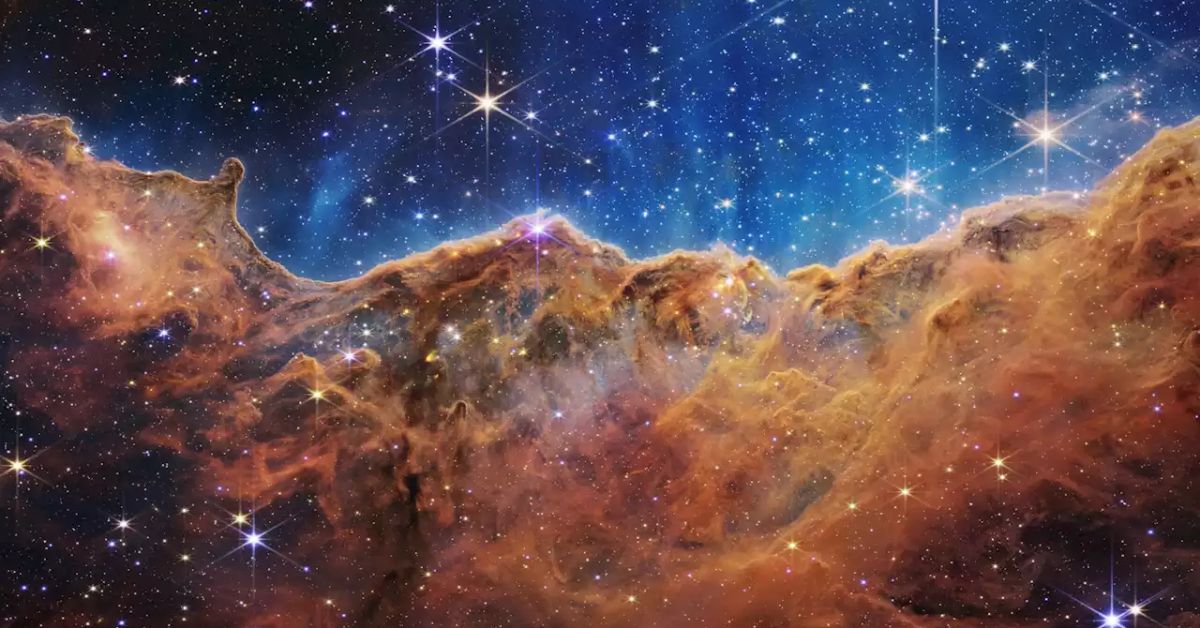NASA has released a new holiday sonification that shows the huge star RS Puppis. Based on a picture taken by the Hubble Space Telescope, this sonification lets you hear what the giant star looks like.
NASA Released Festive Sounds of Space
In the sonification, the sounds start at the edges and move toward the center, with points of light near the top of the image representing higher pitch notes and points near the bottom representing lower pitch notes. It looks and sounds like bells, with brighter lights making louder sounds.

Cepheid variable stars, like RS Puppis, were important in the history of astronomy because they changed over time. The brightness of these stars goes up and down, with RS Puppis getting brighter over a six-week cycle. Henrietta Swan Leavitt, a pioneering astronomer, found out in 1908 that the brightness of these types of stars is linked to how often they pulse.
Astronomers can figure out how bright a Cepheid variable star is by watching how long a pulse of the star lasts. Then, they can compare that brightness to how bright it was seen to be and use that information to figure out how far away it is. That meant that when astronomers found out what these stars were made of, it was the first time they could accurately measure how far away other galaxies were.
Latest News
- NASA Explores A Winter Wonderland on Mars
- NASA Retires InSight Mars Lander Mission After More Than 4 Years of Researches
The Hubble Space Telescope took a picture of RS Puppis that the sonification is based on in 2013. Astronomers were also interested in a light echo, which is how light bounces off the dust around the star.
Hubble scientists wrote at the time, “By observing the fluctuation of light in RS Puppis itself, as well as recording the faint reflections of light pulses moving across the nebula, astronomers are able to measure these light echoes and pin down a very accurate distance,” The estimated travel time to RS Puppis is 6,500 light-years (with a one percent error rate).
Add this Page NogMagazine.com to your bookmark for more news.